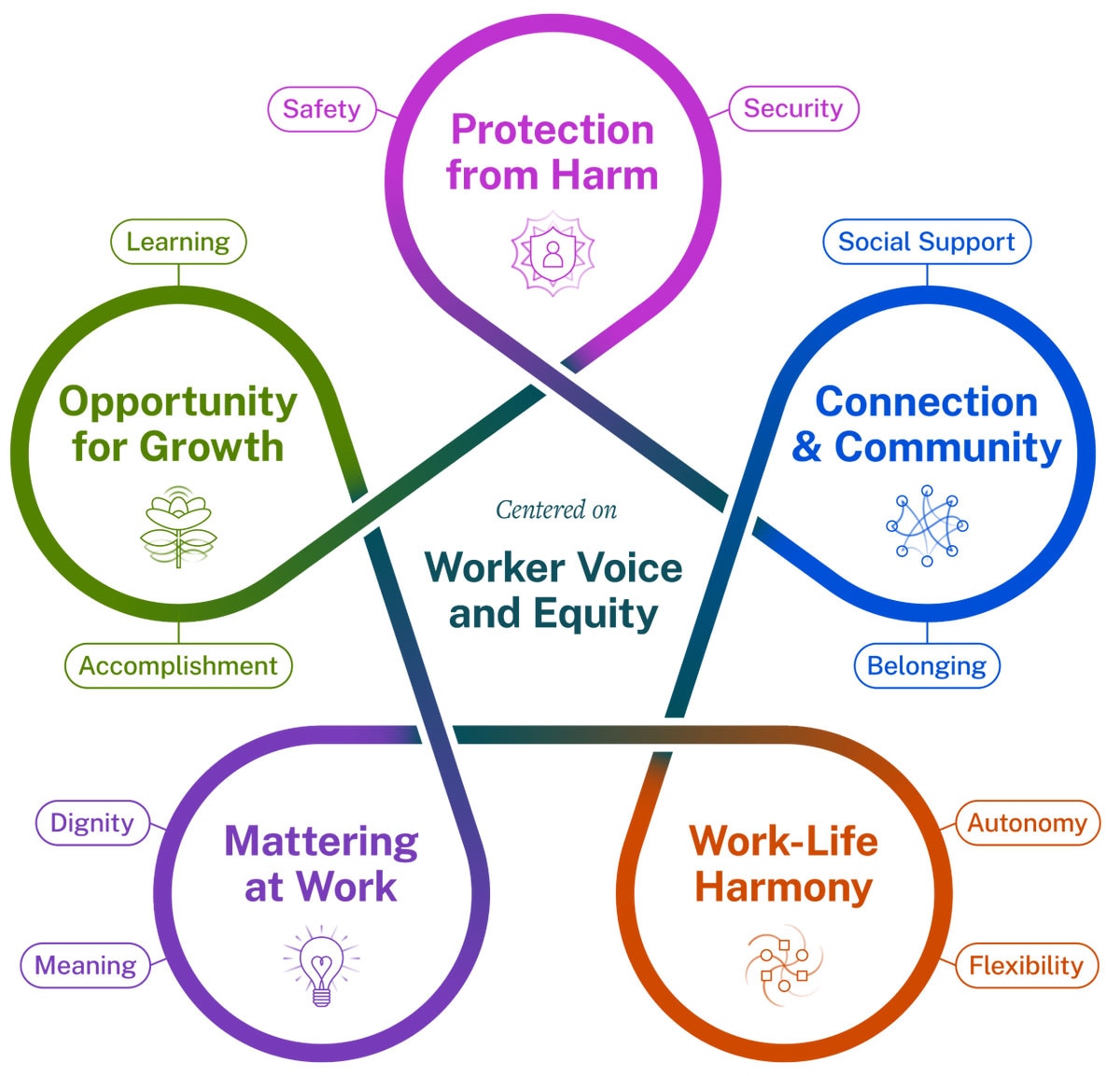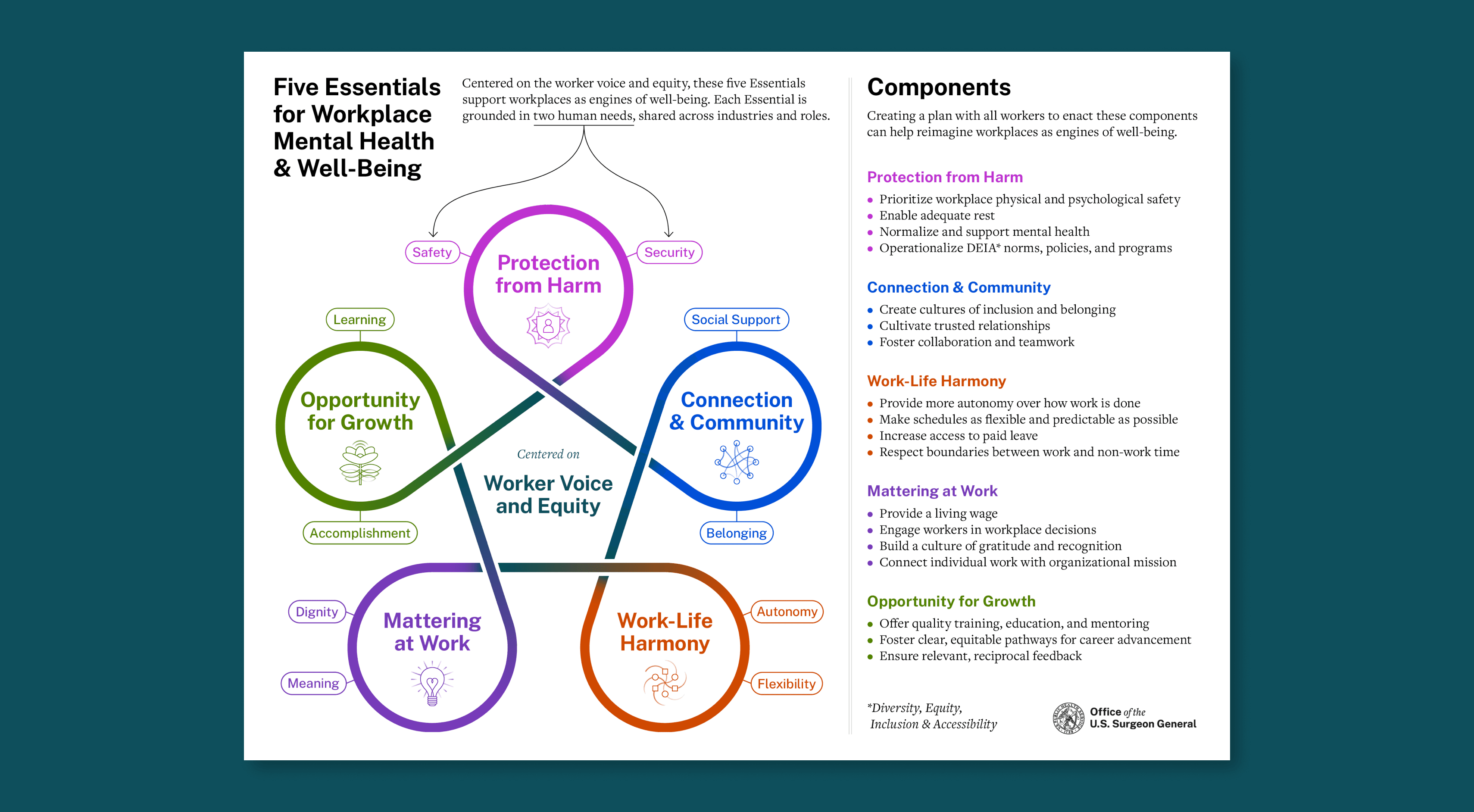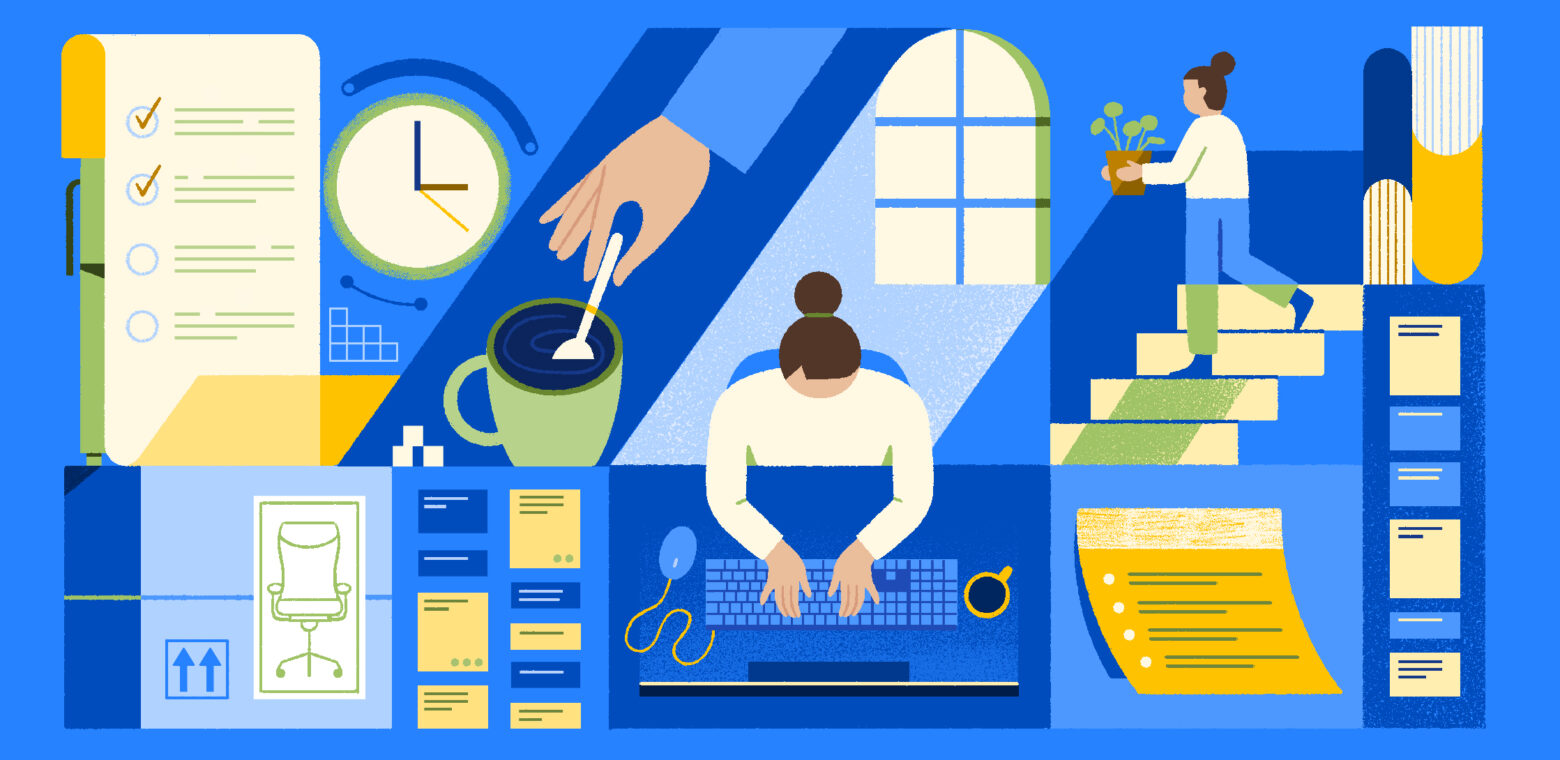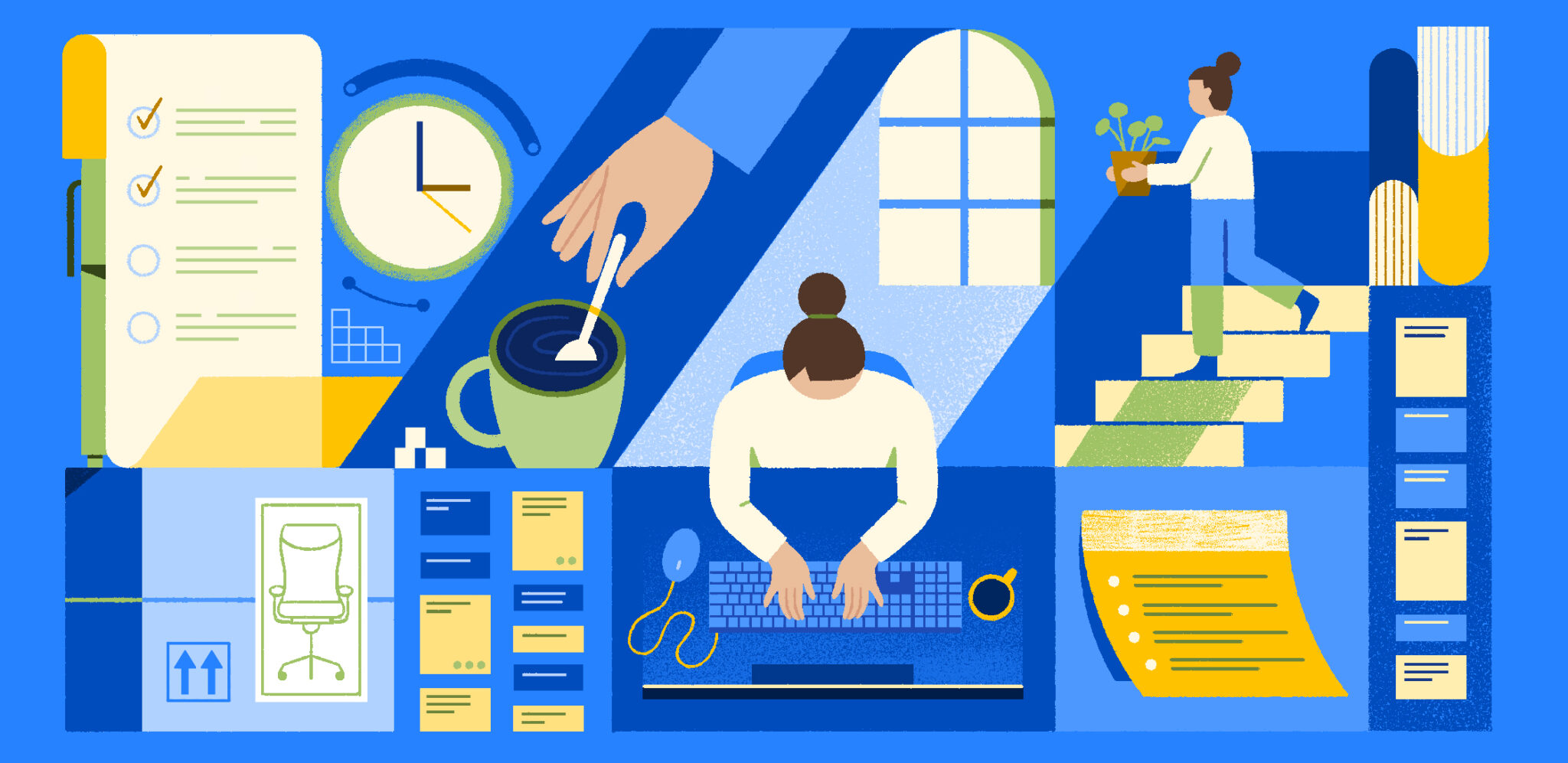As a seasoned tech enthusiast and mental health advocate, I’m here to help you navigate the often-misunderstood world of workplace well-being. In today’s fast-paced, high-stakes environment, it’s easy to get caught up in the hustle and bustle without taking care of your mental health. But neglecting your mental fitness can lead to decreased productivity, strained relationships, and a host of other issues that can have long-term consequences for your career and overall well-being.

Workplace Mental Health & Well-Being | HHS.gov
So, how do you level up your mental health at work? In this article, we’ll explore some practical strategies for maintaining a healthy work-life balance, managing stress and burnout, and cultivating a positive and supportive work environment. Buckle up, folks – it’s time to geek out on mental wellness!
The Importance of Mental Health in the Workplace
Mental health is no longer just a buzzword or a feel-good topic; it’s a critical component of overall well-being and productivity. In fact, the World Health Organization (WHO) estimates that 1 in 4 people will experience a mental health disorder each year. The consequences can be severe: decreased job satisfaction, absenteeism, presenteeism (being physically present but not fully engaged), and even turnover rates.
But here’s the thing: mental health is just as important as physical health. By prioritizing your mental well-being, you’ll become a more focused, creative, and innovative problem-solver – all while maintaining a positive attitude and strong relationships with colleagues and clients alike.
Managing Stress and Burnout
Stress and burnout are two of the most common obstacles to workplace well-being. So, what can you do to mitigate these issues? Here are some strategies worth exploring:

Workplace Mental Health and Well-Being | Johns Hopkins | Bloomberg …
- Set Boundaries: Learn to say no to non-essential tasks and prioritize your workload. Remember, taking care of yourself is not selfish – it’s essential.
- Take Breaks: Make time for self-care activities, like meditation, yoga, or a quick walk outside. Even 10 minutes of mindfulness can make a big difference in reducing stress and increasing productivity.
- Seek Support: Build a support network of colleagues, friends, or family members who can offer emotional support and help you stay accountable.
- Practice Self-Compassion: Treat yourself with kindness and understanding – just as you would a close friend. Be gentle with yourself when things don’t go according to plan.
Cultivating a Positive and Supportive Work Environment
A positive work environment is critical for maintaining mental well-being. Here are some ways to create a supportive space:
- Encourage Open Communication: Foster an atmosphere where employees feel comfortable sharing their thoughts, feelings, and concerns. This can be achieved through regular team meetings, anonymous feedback channels, or one-on-one check-ins.
- Foster a Growth Mindset: Emphasize learning, growth, and development – not just about the job itself, but also about personal and professional growth.
- Promote Work-Life Balance: Encourage employees to prioritize their personal lives by offering flexible work arrangements, parental leave policies, or employee assistance programs.
- Recognize and Reward Excellence: Acknowledge and celebrate employees’ achievements and contributions. This can be done through public recognition, bonuses, or other incentives that motivate and inspire.
Real-World Applications: Implementing Mental Health Strategies in the Workplace
So, how can you put these strategies into practice? Here are some real-world examples:
- Mental Health Days: Establish a policy that allows employees to take mental health days off without fear of judgment or repercussions. This can be as simple as a mental health check-in with your manager or HR representative.
- Wellness Programs: Develop a comprehensive wellness program that includes meditation classes, yoga sessions, or on-site fitness classes. This can help reduce stress and increase productivity.
- Employee Assistance Programs (EAPs): Offer EAPs that provide confidential counseling services, financial planning tools, or other resources to support employees’ mental health and well-being.
Conclusion: Leveling Up Your Mental Health at Work
As we’ve seen, prioritizing your mental health is crucial for maintaining a productive and happy you. By implementing these strategies – from managing stress and burnout to cultivating a positive work environment – you’ll be well on your way to achieving a healthy work-life balance.
Remember, taking care of yourself is not selfish; it’s essential. So, go ahead, take that mental health break, and level up your productivity – you got this!
Stay geeky, stay happy, and keep leveling up! 🤓💪

Workplace Mental Health & Well-Being | HHS.gov

10 ways to boost your productivity at work

10 ways to boost your productivity at work
